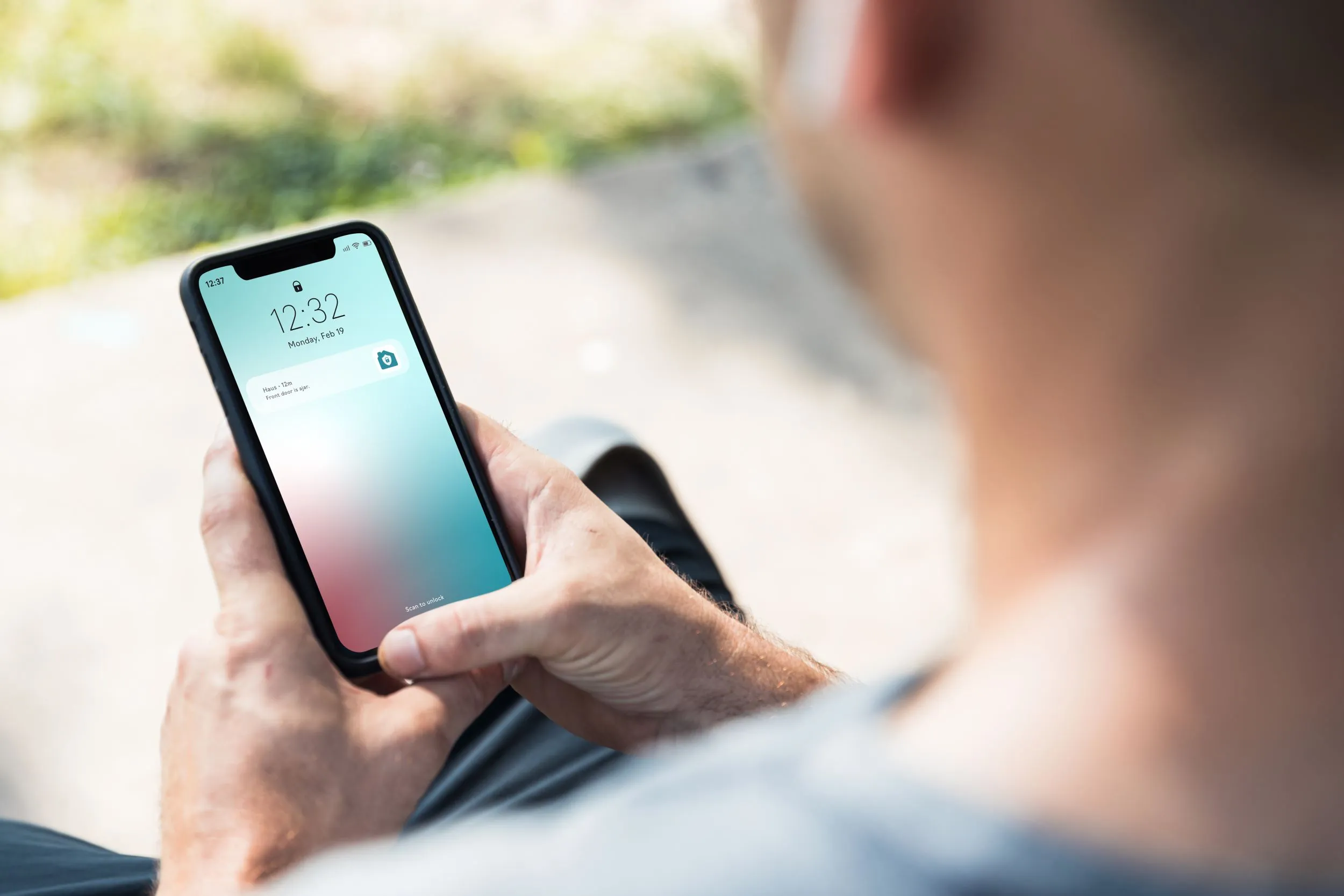From exclusive taco-themed GIFs to musicians making bank from digital art, non-fungible tokens, or NFTs, have taken the internet by storm. But if you have NFC (no freaking clue) what an NFT is, don’t worry. Once you’ve got the basics of blockchain down, it’s not difficult to understand a non-fungible token.
A non-fungible token is a digital asset (a tweet, a JPG, a GIF, a video, or even a cartoon cat) that has been verified through blockchain. A bit of code, known as a smart contract, is used to verify the asset. Then that asset is minted, or published, on the blockchain as a token.
Think of an NFT like a digital baseball card. An (unalterable) digital ledger verifies ownership of the digital baseball card. The card can be bought or sold through online marketplaces. Essentially, an NFT is a unique digital collectible.
Fungible vs. non-fungible
You cannot exchange these digital files for each other (hence, the non-fungible part). To illustrate fungibility in more familiar terms, money is a fungible asset. You can exchange $1 for four quarters or for another dollar. Or you could use your dollar to buy cryptocurrency. For example, Bitcoin is a fungible token on the blockchain: you can exchange it for another Bitcoin, or back into dollars, or another currency.
A non-fungible asset, on the other hand, is one-of-a-kind. Diamonds, priceless works of art, and real estate are all examples of non-fungible items. Individually, these assets all have unique features and values.
Digital non-fungible assets are treated the same. One NFT cannot be directly exchanged for another because the value isn’t exactly equivalent. How much an NFT is worth depends on a variety of factors, including the creator. Because they are one-of-a-kind, NFTs can sometimes cost millions of dollars.
Buying and selling NFTs
NFT digital art is unique in the way that traditional paintings, sculptures, and drawings are. Where provenance (or a chronology of ownership), authenticates classical art, NFTs use blockchain. Blockchain tracks and records any purchase of the NFT, creating verifiable ownership of a token.
The Ethereum blockchain currently records most NFTs, but other blockchains, like Polkadot, Flow, and Tezos are getting in on the game too. Each blockchain has unique token standards and digital wallets. You can buy and sell NFTs using cryptocurrency, particularly Ethereum’s, Ether (ETH) on marketplaces.

Once you buy an NFT, you will have access to the token’s link in your digital wallet. Your NFT is still viewable by all, as though it were in a virtual museum.
So…how is an NFT different from a plain old GIF?
In an online world where memes spread like wildfire and a variety of platforms host GIFs, it might be hard to understand how an NFT is different from any other digital file. Couldn’t you just screenshot an NFT? Sure, but like taking a photo of the Mona Lisa or buying a print, it’s just not the real thing.
NFTs have broader applications beyond GIFs, JPGs, and videos. Basically, anything unique or one-of-a-kind can be an NFT, even physical items like shoes or real estate. You could purchase an NFT that acts as a ticket for a unique or exclusive event with your favorite band. You could turn your domain name into an NFT.
This technology can be great for digital artists too, allowing them to sell their art online and receive royalties for their work. Through NFTs, artists may have more control over their art and how it is spread across the internet.
How to create your own NFT
Anyone can create a digital asset, mint it as an NFT, and put it up for sale on a marketplace like Rarible. When you mint your NFT, you can set up a code to prevent the NFT with certain rights. For example, you can prevent your NFT from being used on TV. You can also set up the NFT to receive royalties every time it resells.
You do need to have a digital wallet set up because minting an NFT requires “gas”, which is the fee you’ll have to pay to process and validate your NFT on the blockchain.
What you need to watch out for.
There are major concerns about the carbon footprint associated with NFTs. Minting, buying, selling, and transferring ownership of NFTs through blockchain eats up a lot of energy. The average footprint of all activity associated with a single NFT is mind-blowing. It’s equivalent to flying in a plane for two hours, or using a laptop for three years straight. Platforms like Ethereum are working to reduce their carbon footprint by using a different method to verify tokens, but there is no set date to implement these changes.
Then there’s the question of what you actually own. In most cases, buying an NFT gives you access to a link—not the actual file of the asset. Since an NFT is a digital file that may be copied or screenshotted, what you really own is the metadata; the smart contract associated with your NFT. This information may include the name of the work and artist, but the digital file of the artwork itself may not actually be in the blockchain.

Many NFTs use InterPlanetary File System (IPFS) to host content. That way if the site your NFT lives on goes down, you can still access it from another host. To view your artwork, your NFT will need to be constantly maintained by the host site. Otherwise, you might just be paying for a 404 page.
Finally, there is evidence that people are minting work or assets that they did not create and claiming it as their own. People have stolen tweets, digital artwork, and even traditional artwork to mint as NFTs. It creates a clear issue of ownership, defeating the purpose of an NFT in the first place. There are also scams to watch out for.
If you are thinking about buying an NFT, be sure to do your research ahead of time to ensure the authenticity of your investment. You should also be sure that you understand the rights you have as a buyer and any specific terms and conditions the piece may have around its use.
Last words.
Non-fungible tokens are a game changer, impacting not only digital art, but also traditional art. With applications for other exclusive items or events, NFTs could alter the internet as we know it and the ways we think about ownership or authenticity. There are a few kinks that need to be ironed out first, but it will be exciting to see where this technology takes us in the future.







